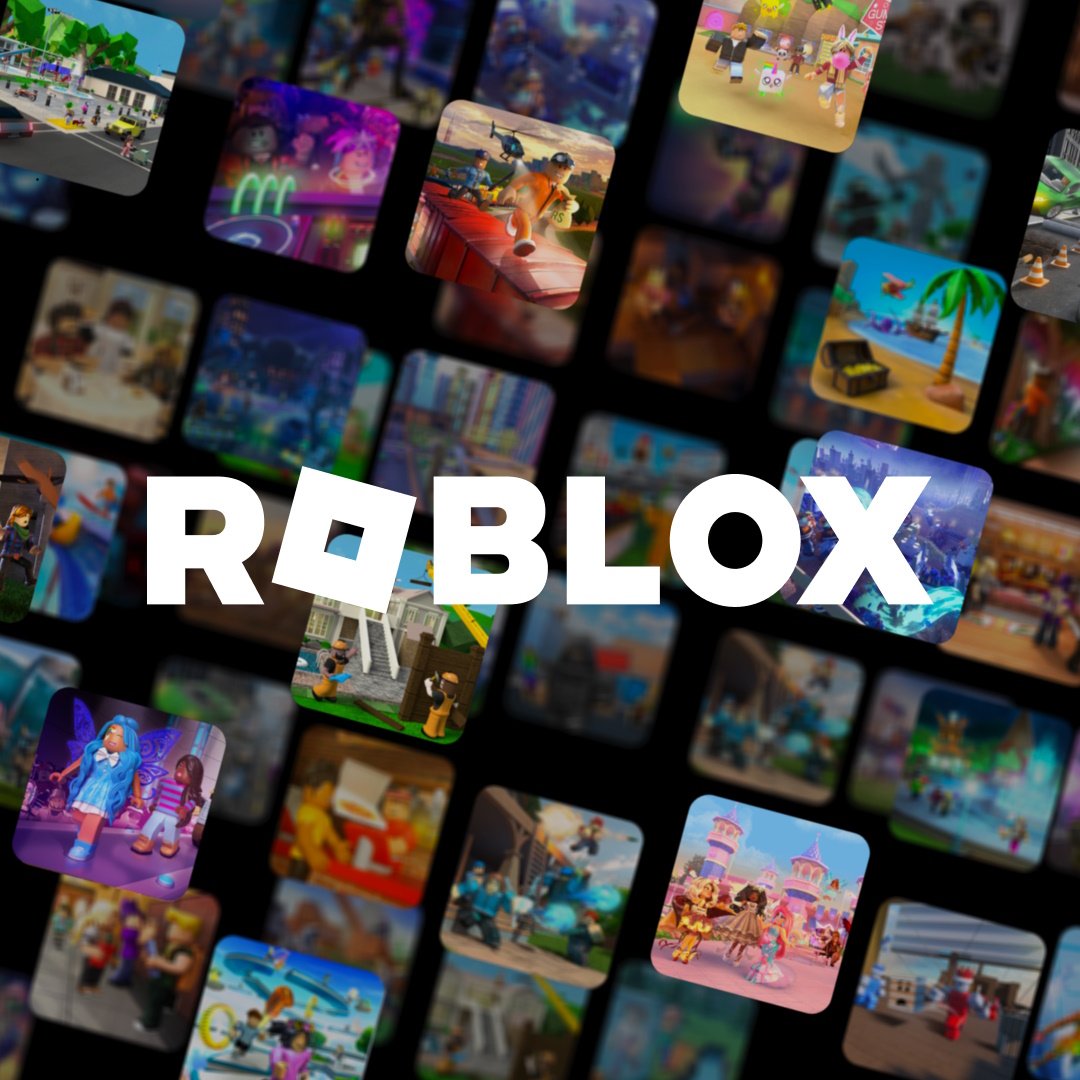
Roblox Shares Jump 13% Despite Widening Losses as User Growth Hits Record High
Roblox Soars on Viral Growth, But Mounting Losses Cast Shadow Over Metaverse Giant
The digital playground where millions of children and teenagers spend their afternoons has become a battleground for investors trying to reconcile explosive growth with deepening financial losses. Roblox Corporation's stock surged 13% to $141.28 (as of writing) on Wednesday after reporting second-quarter results that showcased remarkable user engagement but raised troubling questions about its path to profitability.
The gaming platform, which allows users to create and play games within its ecosystem, reported a 51% year-over-year jump in bookings to $1.44 billion, substantially outpacing Wall Street expectations. Daily active users climbed 41% to 111.8 million, while hours spent on the platform skyrocketed 58% to 27.4 billion – equivalent to over 3 million years of human attention captured in just three months.
Yet beneath these headline figures lies a company burning through cash at an accelerating rate. Roblox posted a GAAP net loss of $278.4 million for the quarter, significantly worse than the $205.9 million loss from the prior year.

The Paradox of Growth Without Profit
In the gleaming headquarters of tech companies throughout Silicon Valley, growth has long been prioritized over immediate profitability. But Roblox's situation highlights the tension in this model as costs spiral upward faster than revenue.
"What we're seeing is a company that's mastered the art of user acquisition but still struggles with the science of sustainable economics," said one veteran tech analyst who requested anonymity. "The question isn't whether Roblox can attract users – they've proven that beyond doubt. It's whether they can do so without perpetually deepening losses."
Total costs and expenses increased approximately 24% year-over-year to $1.4 billion, outpacing revenue growth of 21%. Particularly concerning was the 44% surge in general and administrative expenses, suggesting potential corporate overhead inefficiencies as the company scales.
The disparity between how Roblox presents its financial health and the reality of its GAAP performance is striking. While management highlights positive adjusted EBITDA of $18.4 million and free cash flow of $176.7 million, these figures rely heavily on adding back $285 million in stock-based compensation and benefiting from an increase in deferred revenue.
Executive Departure Raises Strategic Questions
Hidden within the earnings release was news that could prove more consequential than any financial metric: Chief Product Officer Manuel Bronstein will resign effective September 30, 2025, though he will remain as an advisor until April 2026.
The departure of such a key executive during a critical growth phase raises significant questions about Roblox's product strategy and execution capabilities. The CPO role is central to the company's efforts around discovery, AI tools, advertising, and expanding commerce opportunities – all vital to future monetization.
"Executive transitions of this magnitude are rarely just about 'pursuing personal interests,'" noted a corporate governance specialist familiar with tech company dynamics. "The timing, coming alongside deepening operational losses despite user growth, suggests potential internal disagreement about strategic direction."
The Bookings-to-Revenue Gap
Investors trying to value Roblox must contend with a fundamental accounting complexity. The company collects cash upfront through "bookings" (primarily sales of its virtual currency, Robux), but only recognizes this as revenue over the estimated lifetime of a paying user – currently 27 months.
This creates a substantial timing mismatch. When bookings surge, as they did this quarter, the bulk of that revenue will be recognized far in the future, while costs associated with serving those users hit the income statement immediately.
The company explicitly noted in its guidance that revenue projections assume "no change in the estimated paying user lifetime." Any adjustment to this estimate could significantly impact reported revenue and profitability metrics.
A Closer Look at Cash Flow and Dilution
Roblox's free cash flow appears healthy at $176.7 million (up 58% year-over-year), but the quality of this cash flow deserves scrutiny. It's heavily dependent on collecting cash from users upfront while deferring revenue recognition, combined with the add-back of non-cash stock-based compensation.
That stock compensation, totaling $285 million in Q2 alone, represents a genuine cost to shareholders through dilution. For context, this single expense exceeds the company's entire GAAP net loss for the quarter, suggesting that Roblox is effectively funding its operations by printing new shares – a strategy that requires perpetually rising stock prices to avoid punishing existing shareholders.
Looking Forward: Investor Implications
Despite these challenges, Roblox maintains substantial financial flexibility with approximately $4.7 billion in cash and investments on its balance sheet. This war chest provides runway to pursue growth even amid deepening losses, which the company projects will worsen in Q3 with guided net losses between $366-396 million.
For investors considering a position in Roblox, several factors may determine future performance:
Potential catalysts for upside:
- Accelerating monetization per user (average bookings per daily active user increased 7% year-over-year)
- Strong engagement among users 13+ (now 64% of daily active users), who typically generate higher revenue
- International growth momentum, particularly in markets outside North America
Key risks to monitor:
- Escalating costs that continue to outpace revenue growth
- Ongoing shareholder dilution through stock-based compensation
- Execution risk following the CPO's departure
- Sensitivity to changes in the estimated paying user lifetime assumption
Market professionals suggest investors might consider establishing positions during periods of volatility rather than chasing momentum after strong earnings reports. The structural gap between cash generation and GAAP profitability creates potential for significant price swings based on shifting sentiment.
Those already holding positions might consider trimming into strength and redeploying capital on weakness, particularly ahead of the Q3 report where guided losses are expected to deepen despite continued bookings growth.
The ultimate bull case for Roblox hinges on whether its extraordinary engagement metrics can eventually translate into sustainable unit economics, with monetization improvements outpacing cost increases. Until then, investors face the paradox of a company winning the battle for user attention while losing the war on its income statement.
Investment Thesis
| Category | Details |
|---|---|
| Stock Info (Jul 31, 2025) | Price: $142.24 (+17.30 USD), Open: $146.59, Volume: 10.6M, High/Low: $151.24/$126.44 |
| Q2-25 Metrics | DAUs: 111.8M (+41% y/y), Hours: 27.4B (+58%), Bookings: $1.438B (+51%), Revenue: $1.081B (+21%), MUPs: 23.4M (+42%), ABP/MUP: $20.48 (+6%) |
| Profitability & Cash | Adj. EBITDA: $18.4M (vs. $66.5M y/y), OCF: $199.3M (+32%), FCF: $176.7M (+58%), Cash: $4.7B, SBC: $284.8M, Shares: 739.1M (+2.3%) |
| Q3-25 Guidance | Bookings: $1.59–1.64B, Revenue: $1.11–1.16B, GAAP Loss: Worsening, Adj. EBITDA: Negative (deferral impact) |
| FY-25 Guidance | Bookings: $5.87–5.97B, Revenue: $4.39–4.49B, GAAP Loss: ~$B, Adj. EBITDA: $–$55M, OCF: $1.335–1.395B, FCF: $1.025–1.085B |
| Leadership Change | CPO Manuel Bronstein resigns Sep 30, 2025, advisor until Apr 13, 2026 |
| House View | Neutral/Hold: Strong demand but GAAP margins squeezed by SBC ($1.165B FY), creator payouts (29% rev), cloud costs. Bull case hinges on ads/commerce scaling. |
| Key Risks | 1) 27-month revenue deferral sensitivity, 2) SBC dilution, 3) CPO transition risk, 4) Cloud cost growth (+25% y/y), 5) Discovery algorithm volatility |
| Valuation | $105B FD equity (~18x P/Bookings). Premium justified only if ABPDAU/ads drive GAAP profit soon. |
| Positioning Ideas | Trim post-spike, buy dips; call spreads for upside, put spreads for Q3 risk; pairs trade vs. publishers. |
| Diligence Asks | 1) Deferral waterfall (±3mo), 2) Unit economics (costs/hour), 3) Adj. EBITDA normalization, 4) SBC/dilution path, 5) CPO succession plan. |
Bottom Line: Exceptional growth but GAAP losses persist; prefer tactical entry on weakness.
Disclaimer: This article provides analysis based on current market data and should not be considered investment advice. Past performance does not guarantee future results. Readers should consult with financial advisors for personalized guidance.